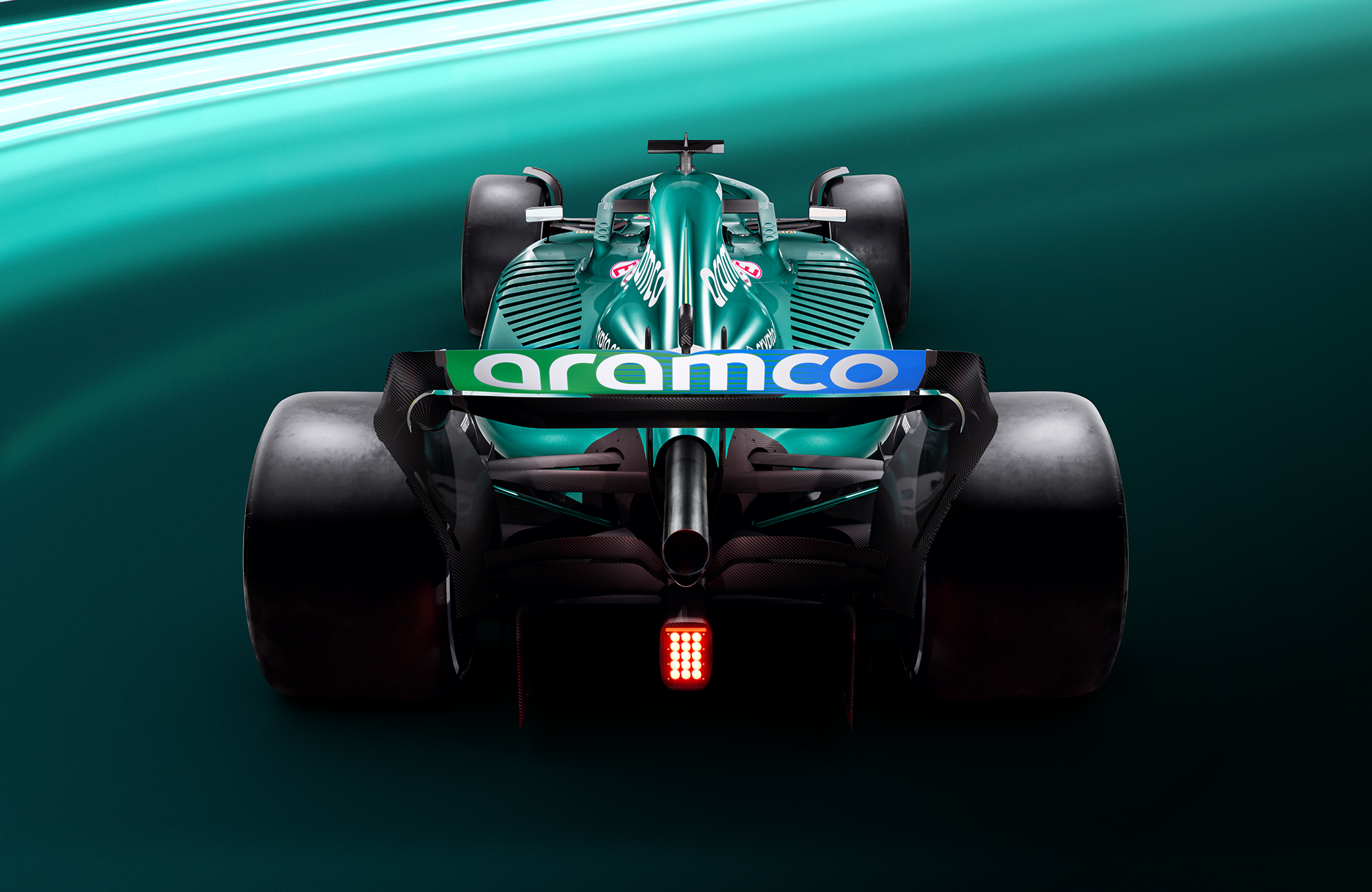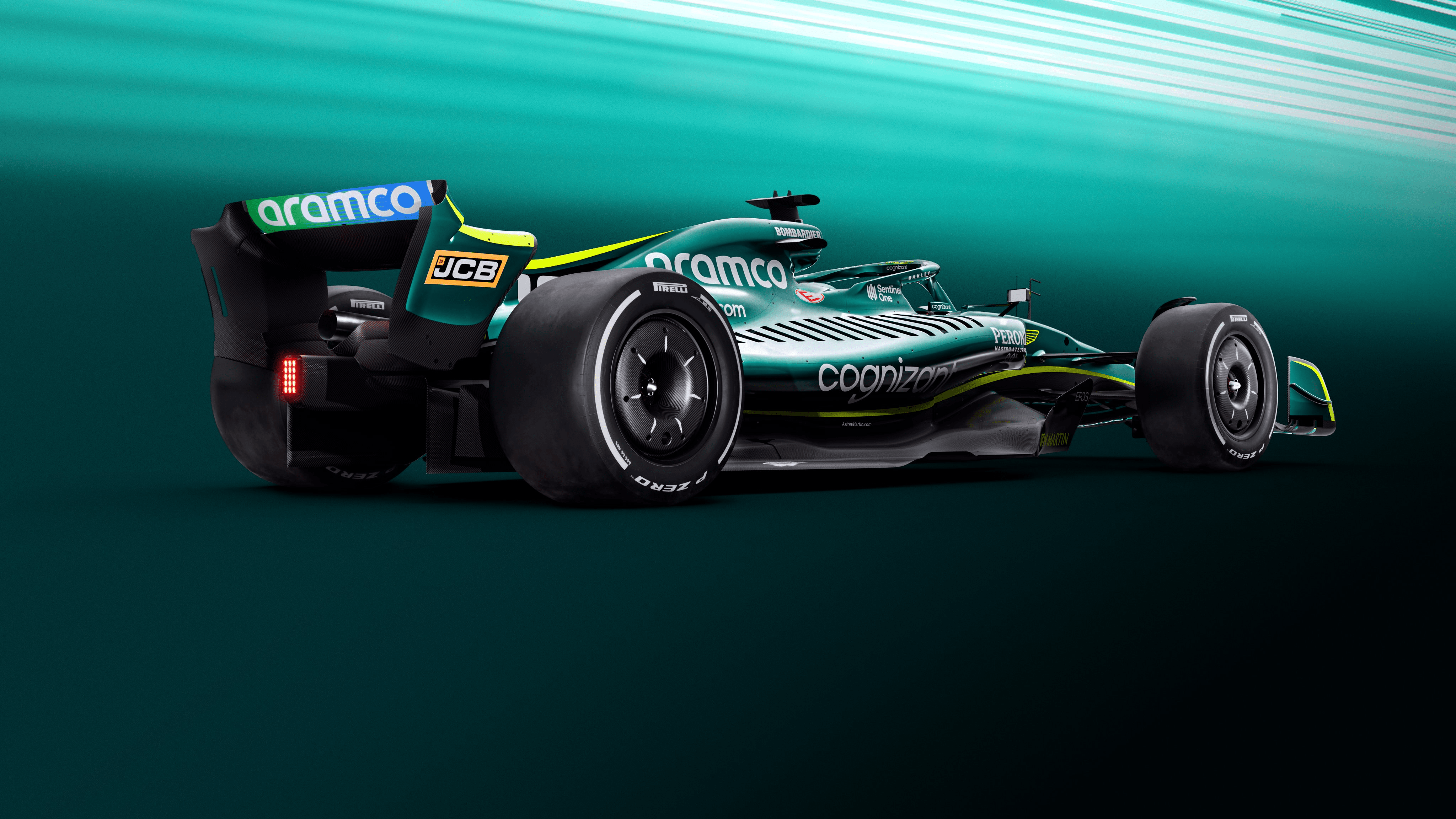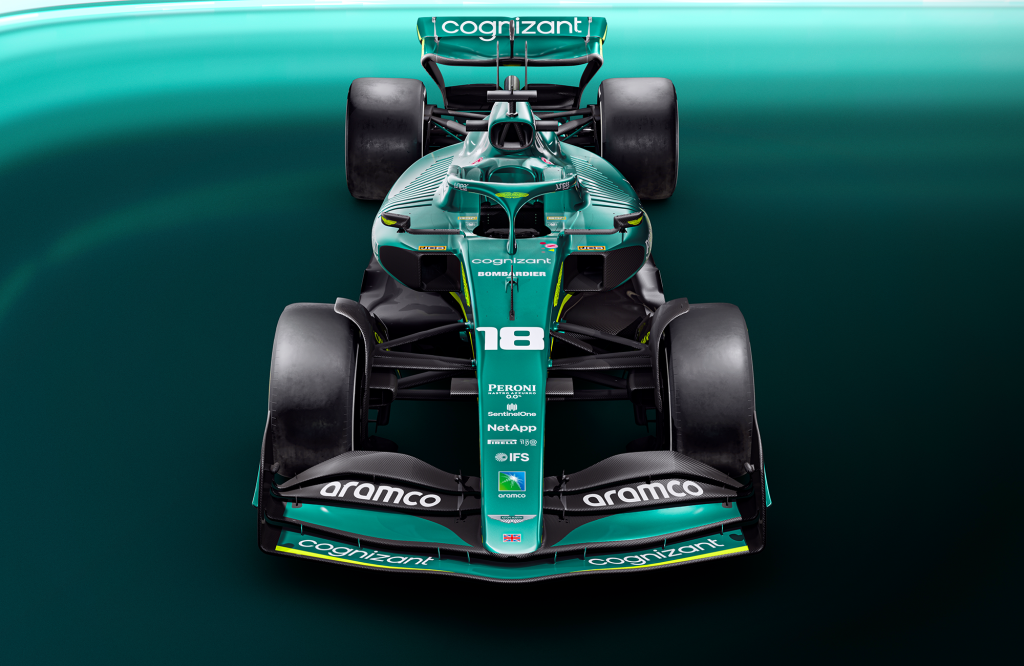Up Next

Aston Martin Formula 1 technical director Andrew Green reckons it “won’t be long” before the new generation of cars surpass the downforce levels of their predecessors.
F1 has switched to new technical regulations that have completely revised the aerodynamic characteristics of the cars, giving them a greater ground-effect aero dependence, in a bid to make them less sensitive to dirty air and improve the quality of racing.
One of the consequences of that is the cars are slower than the previous-generation designs, which were the fastest F1 cars ever.
However, it emerged last year that the 2022 cars would be a lot faster than initially predicted and Green believes the downforce levels will soon be superior, having predicted the cars will “evolve dramatically” in the coming months.
“It’s a reasonable aerodynamic loss compared to the highly developed cars that we had in 2021,” said Green, whose Aston Martin team launched its new AMR22 car on Thursday.
“These cars are now taking a few steps back, as far as development goes, with most teams having only been working on them for less than a year.

“The generation of cars that we’ve just finished racing had multiple years of development with their particular [aero] concept.
“It’s to be expected that we’re going to take a step backwards, but I think the development slope that we’re on, and all teams will be on, means it won’t be long before they supersede the downforce levels that we saw in 2021.”
However, that does not mean the FIA’s objectives for these new cars will suddenly be undermined.
Because the cars use the ground to generate downforce rather than the air, they produce a less turbulent wake for the car behind.
Green says that the following car should still benefit from a “much smoother air stream and will be able to follow more closely”.
One consequence of the new way of creating load is that there will be “a few challenges” for the team’s to understand in terms of set-up.
“The fact that it’s a ground effect car means that its proximity to the ground is crucial,” said Green.

“The lower you can run it to the ground, the more performance you get, which you’ll roll out as a set-up that’s going to deliver the most performance.
“You end up with a relatively stiff car. So, to maintain that attitude, that proximity to the ground, the drivers will be driving something that is quite go-kart-like.”
Four-time world champion Sebastian Vettel said he is keen to discover how the new-generation car handles in reality and the difference the greater ground-effect emphasis makes.
“It won’t be the first time, we always had ground effect [making] a large contribution to the downforce we have in the cars, but obviously now it’s the biggest contribution,” said Vettel.
“So it will be more than in previous years. I’m looking forward to that.
“The way you set up the car will be different and probably also the way you have to drive the car will be different, but how different we will have to find out.”







